Getting out of a tough situation with a winch requires the right battery for your four-wheel-drive vehicle truck or SUV.
There are so many battery specifications, features, and benefits to sift through that choosing a battery can become overwhelming. Here are some tips to make sure you’re prepared to be up and back off the beaten path in a pinch.
The basics - What’s required:You will need enough Cold Cranking Amps (CCA) in the battery to power both your engine and winch. The battery must have the reserve capacity to supply enough power to the winch. A 12-volt battery rated up to 650 CCA will typically be enough for a 12,000 lb. vehicle which is the general standard for winches.
However, always consult with your winch manual to check the recommended battery rating and size as requirements can vary.
When installing the battery, look if it is installed upright or sideways. If it’s sideways, a flooded battery will not work as it will leak out its electrolyte fluid and no longer function. This means an AGM battery is required.
The higher the CCA rating, the more reserve capacity it will have and leaves less chance of getting stranded in the middle of nowhere. Because of the high-stress conditions of activities such as off-roading and other recreational uses, getting a battery that can handle high amounts of vibration will also extend the total life of the battery.
Flooded batteries constructed with element and anchor bonding will have increased durability and service life for high-vibration environments due to battery plates being bonded together at the top and bottom of the plates themselves.
A winch will work if your vehicle engine is off but will only operate for a few minutes. You’ll likely need more time than that and is the reason why it’s recommended to run your vehicle engine while winching. Also, connecting a stand-alone winch battery to the battery in your vehicle with a properly sized wiring kit ensures there’s more than enough power to operate the winch and start your vehicle.
Benefits
Negatives

Benefits
Negatives
Benefits

Negatives
When buying a single battery to reliably support serious winching activity and engine cranking, a true deep-cycle battery with a high reserve capacity with enough high rate cranking current to turn the engine over is recommended.
Batteries designed for cranking–even with a high reserve capacity—are not designed to be deeply discharged.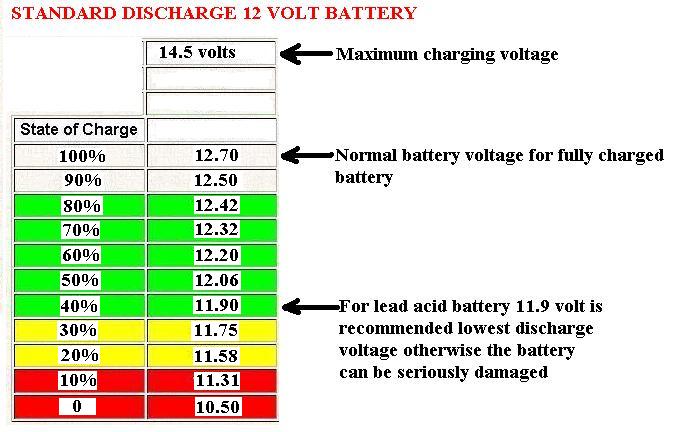 Deeply discharging a battery primarily designed for engine cranking will shorten its life.
Deeply discharging a battery primarily designed for engine cranking will shorten its life.
Consider the type of weather you expect to experience. Engines require batteries with higher cranking power in colder temperatures. If the winch is installed and will be rarely used, the best bang for your buck is to invest in a starting battery with the most CCA available.
High CCA starting batteries typically also have high minutes of reserve capacity ratings. The reserve capacity (MRC) measures the amount of time the battery can power the winch.
Other factors to consider include:
This guest blog post was written by Matthew Campell, Director of Marketing at Discovery Battery.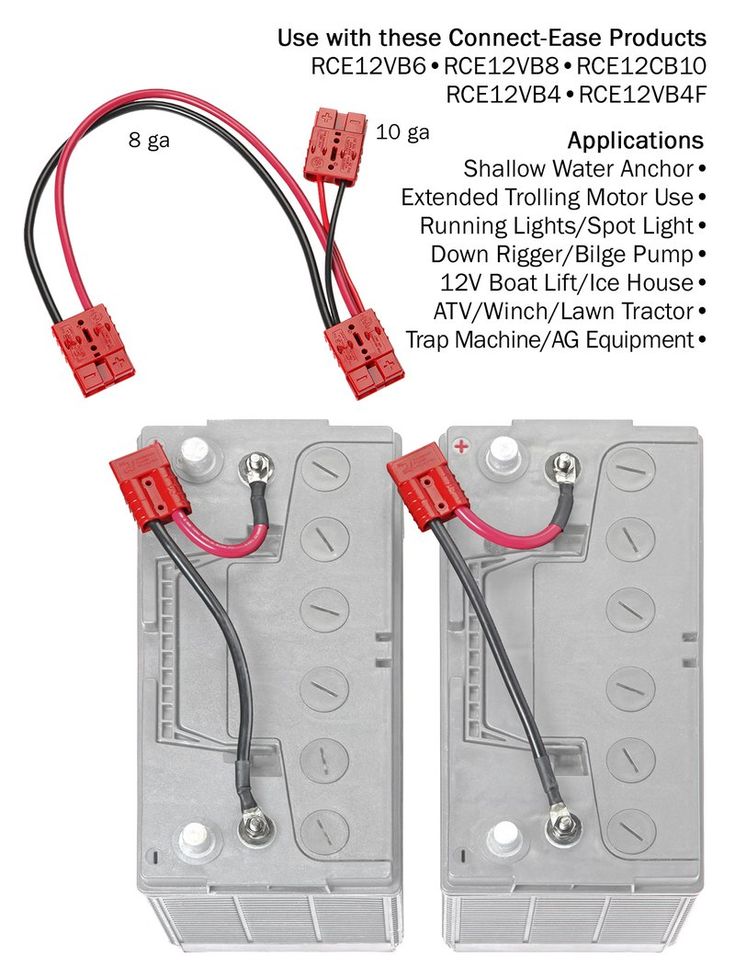
One of the most common replacements needed for any vehicle is its battery. This is something that tends to lose its charging ability every few years and is just an expected expense of owning and using your ATV (similar to owning and using a car).
Are ATV batteries 6v or 12v? The most common label size of an ATV battery is 12v with sizes also (occasionally) coming in 6v and 24v depending on the ATV needs. The actual voltage of a 12v battery is usually between 12.6v and 12.8 – and can go all the way to 13.1 volts.
This is a great general rule of thumb, but, of course, with any general rules, there are always exceptions and nuances. ATV batteries can be more complex than just a voltage.
It is important to check with the make and model of your ATV to ensure that you are using what is appropriate for your vehicle. Continue reading to learn more about ATV batteries so that you can ensure you are using what is best for your favorite ride.
ATV batteries vary about as much as any type of batteries. Just like cars, you will find that many batteries that look similar offer similar components. The most important concept to understand is that there are two major types of ATV batteries: conventional (flooded) batteries and absorbed glass mat (AGM) batteries.
Conventional (flooded) batteries are the most standard batteries on ATVs. They get the name “flooded” because the plates are covered in distilled water. There are removable caps, so you regularly inspect the water levels and refill as needed in order to keep your battery operating at full capacity. This will ensure longevity and efficiency for your ATV.
Conventional batteries are going to be a lot more affordable than absorbed glass mat batteries, but they are also going to be prone to experiencing more issues.
Due to the nature of ATV riding (jolts, turns, bumps, etc.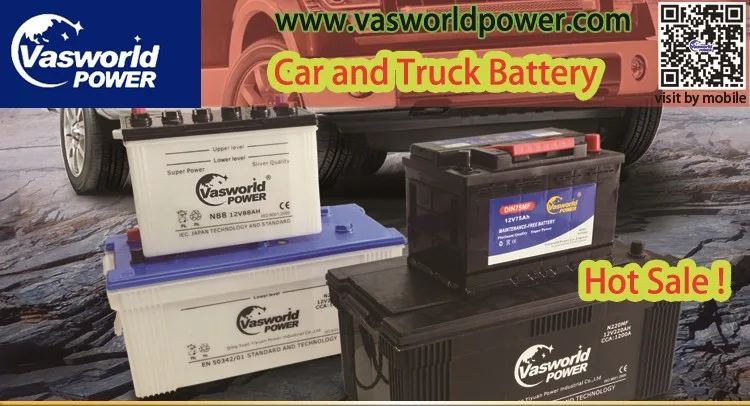 ), conventional batteries are prone to leaks. The caretaking of them is a lot more intense (with included monitoring and refilling), and they are less durable than AGM batteries.
), conventional batteries are prone to leaks. The caretaking of them is a lot more intense (with included monitoring and refilling), and they are less durable than AGM batteries.
Absorbed glass mat (AGM) batteries are also known as “maintenance-free” batteries. These ATV batteries have closed caps, and instead of the water that is traditionally inside of flooded batteries, they have fiberglass pads around the cells of the battery. The pads are responsible for taking care of the acid that forms on the battery.
AGM batteries are going to be the top pick for most ATV enthusiasts. While they are a bit more expensive up-front than conventional batteries, they come with a lot of benefits. Most users find that these benefits pay off not only financially but in the long-term satisfaction in using them on their ATVs.
The first benefit that most users report is that there is no maintenance for this type of ATV battery- they are good to go, and you never have to worry about water levels or spillage regardless of how rough or smooth your ATV ride is.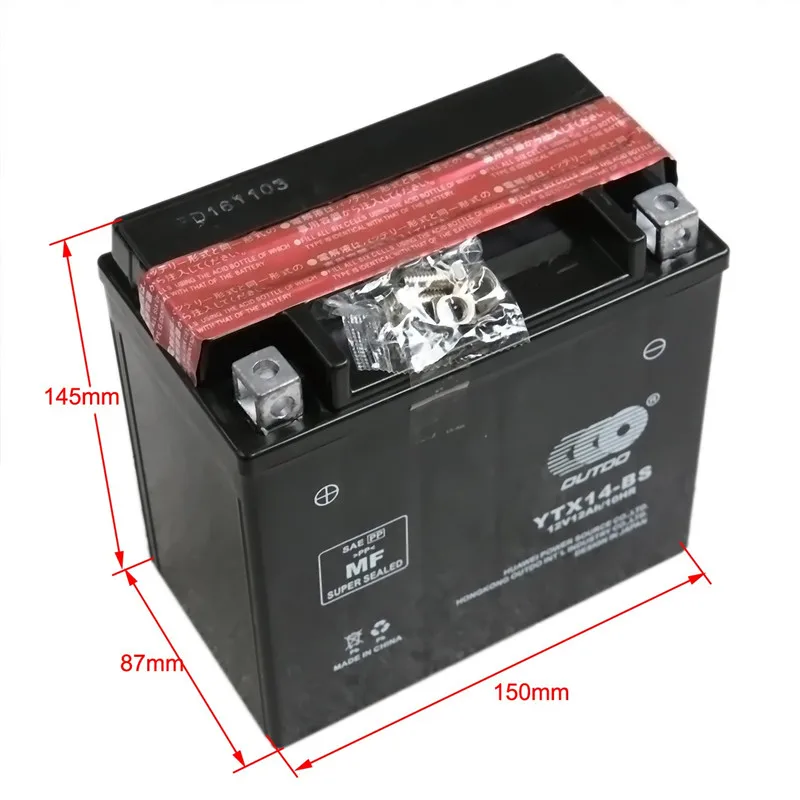
On top of this, they are made in a more durable, shock-absorbing way that allows them to hold together longer when riding on trails and doing climbs.
For experienced and adventurous ATV riders, using an AGM battery is the way to go. Of course, you will need to ensure that your ATV can use this type of battery, but as long as it can then you are good. You will likely find that the initial purchasing cost yields a higher cost-benefit analysis for ensuring a highly satisfactory purchase.
Here’s a quick video example showing the ATV battery types.
As mentioned above, the most common size of ATV battery is going to be a 12v battery.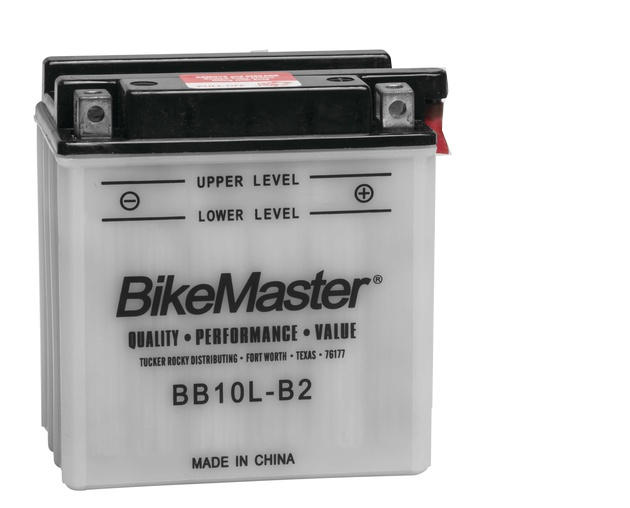 AGM 12v batteries are commonly going to sit between 12.5v and 13.1 (on the high end). If you ever dip below 12.5v, then you should talk to a specialist about your battery.
AGM 12v batteries are commonly going to sit between 12.5v and 13.1 (on the high end). If you ever dip below 12.5v, then you should talk to a specialist about your battery.
With this in mind, I wanted to list some of the most common, and best batteries for your ATV. Hopefully, you can use this list to help ensure the best and most appropriate purchase for your vehicle. Of course, you can always speak with a specialist or someone who works at a local ATV sales shop to provide more information and resources on where to buy the best battery for your ATV.
Yuasa is one of the leading manufacturers for ATV batteries. Their products are high-quality and durable making them a great choice for your new ATV battery. One of the top features about this is its safe fill feature for emptying the acid. This is an absorbed glass mat battery as opposed to a conventional battery option for your ATV.
The Yuasa YUAM620BH found here on Amazon, is the top recommended battery for cost vs performance.
On top of the safety features, there are also many people who have had this type of battery last them 10+ years. That is certainly on the long end of any vehicle, but, particularly for an ATV battery, this is impressive. The up-front cost is pretty reasonable, too, at around $100 depending on the site of sale.
The ThrottleX MX30L (link to Amazon) is going to be the most expensive on the list – but for good reason. These are solid batteries, and while marketed primarily for motorcycles, they fit and work wonderfully in ATVs. When I first used this battery, it was amazing how much more power it felt like I had as compared to the stock battery.
Maybe it was just due to the other battery being old, but I think this batter is a perfect step up for anyone taking ATV riding more seriously. For me, using this absorbed glass mat (AGM) battery was well worth its cost in the power it provided as well as the safety and maintenance-free qualities and contributions.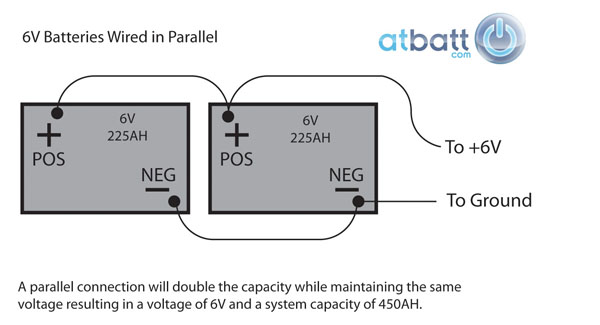
We consider the Odyssey PC545 (link to Amazon) essentially a step down from the ThrottleX listed above. If you are looking for a solid upgrade that still gets your ATV cranking harder than any big box store battery – this will be your battery.
It has specs to match any of the best, and while a bit on the pricier side, it is worth the investment to have a battery that will last and keep your ATV running at its full potential. This is another absorbed glass mat (AGM) model that has spill-proof technology enabling a safe and easy-to-maintain battery experience.
If you are looking for a more affordable option for your ATV that still outperforms many of the common store brands, look no further than this option. The Weize YTX20L-BS (link to Amazon) is a solid ATV battery that will replace (and probably outperform) your last battery. This is especially the case as it is another absorbed glass mat (AGM) battery option that is maintenance-free and easy to install.
While it is not the most powerful ATV battery included on this list, it is definitely a great option to get a solid battery at an affordable cost. The only downside to this option is that the wiring was a bit more difficult to install, but that could simply be due to the ATV I was attaching it to as opposed to the battery itself, it’s tough to say.
I have been reading on forums that some people’s first (original) battery is running out of charge and they are not positive about what to do to resolve this issue. One of the things I saw asked about was switching a 6v battery for a 12v. It was not clear exactly which way they were going to do (replacing a 6v with 12v, or vice versa), but I am going to talk about both.
Can you swap a 12v battery with a 6v battery on your ATV? When it comes to using a 12v battery in a vehicle intended for 6v, it’s not recommended. If you are trying to use a 6v battery for a 12v vehicle, this will not work by itself, you will have to wire two 6v batteries in series to a 12v vehicle.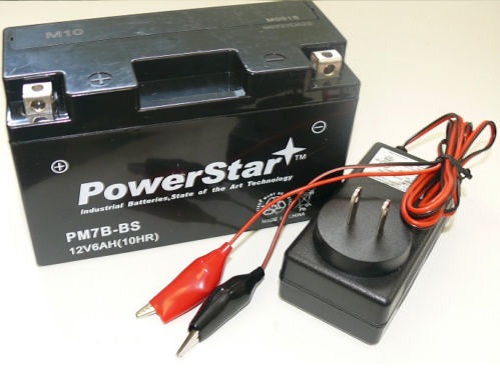
In essence, you need to make sure that the batteries you are using have enough voltage to power the ATV that you are attempting to drive. Modifying a 12v battery to work for a vehicle intended for a 6v would mean that you are intentionally overpowering the vehicle which can come with some risks. However, using a 6v battery for a 12v vehicle would be like using one AA battery on a toy that requires two- it simply is not enough to power the vehicle for operation.
Sharing is caring!
As a rule, batteries for motorcycles, ATVs, scooters and mopeds are remembered at the beginning of the season, when it comes time to revive iron horses after hibernation. With an old battery, the first start does not always go smoothly. And even if you managed to start a bike with a dead battery (from a pusher or with the help of a “lighter”), there is reason to think: will such a battery fail in the future? Stopping with a dead battery in dense city traffic or far from civilization is not the most pleasant adventure. nine0003
nine0003
With the mass transition of motorcycles from the old but not always good kick starter (capable of not only starting the engine, but also noticeably kicking in the leg) to a convenient electric starter, a good battery has become a necessity for them. The mechanical "old man" is still found in the enduro class and on neoclassics as a backup option, but they rarely use it: it is more convenient to start the motorcycle from the button, and not from the "kick". Of course, if the battery doesn't fail.
Many people are looking for traces of marketing in motorcycle consumables (for example, in special engine oil for motorcycles). Like, the product is the same as for cars, only with an extra charge for imaginary specificity. But there is no way to install a battery from a car into a motorcycle, despite the same voltage of 12 volts in the on-board network. Even the smallest car battery is 2-3 times larger than a motorcycle battery, and it can only be tied to the trunk. The current outputs are also different, because the terminals on motorcycles are completely different. nine0003
The current outputs are also different, because the terminals on motorcycles are completely different. nine0003
There are also structural differences inside. The motorcycle battery is made more solid and stronger, with the expectation of strong vibration and possible falls of the bike. The starting current has also been increased, because with such small dimensions, the load on the battery is very high. This is not only starting the engine, but also a constantly burning headlight (for most, it is non-switchable), and additional strobe lights, and heated handles, and sometimes an audio system. For fresh motorcycles, a security system is also added to consumers of electricity. nine0003
Due to the stringent demands placed on motorcycle batteries, AGM (Absorbent Glass Mat) batteries have gained particular popularity. On cars, they are not so common, but on motor vehicles - almost everywhere.
Mistakenly referred to as gel batteries, AGM batteries are a godsend for motorcycles.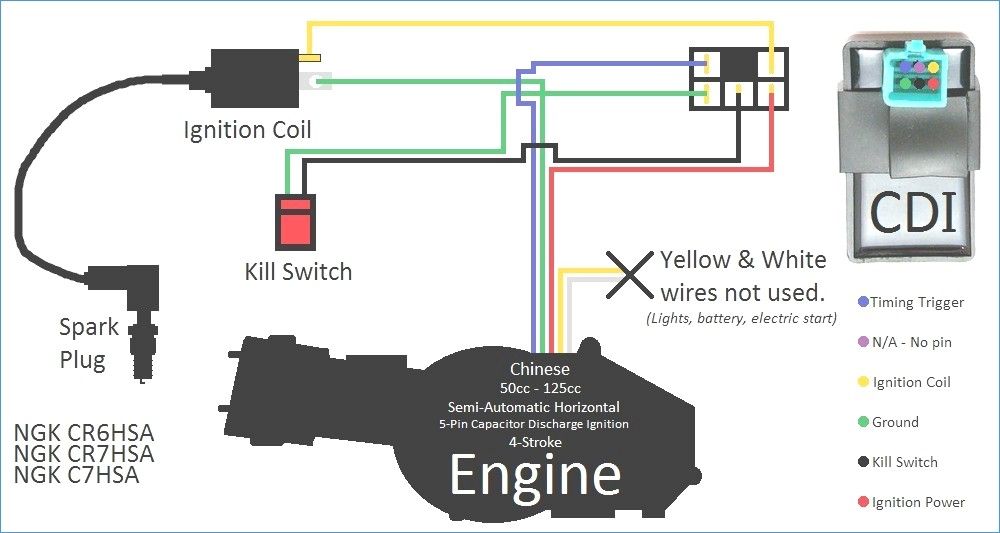 Their advantages, often unnecessary for cars, are very relevant on two-wheeled vehicles. For example, the ability to work at any angle: an ordinary city car does not need it, but a motorcycle that is constantly put into turns does. nine0003
Their advantages, often unnecessary for cars, are very relevant on two-wheeled vehicles. For example, the ability to work at any angle: an ordinary city car does not need it, but a motorcycle that is constantly put into turns does. nine0003
A battery with a bound electrolyte (glass fiber is impregnated in AGM batteries) will not fail even if the motorcycle falls. Nothing will close in it and will not spill out - there is no liquid inside. Even with a serious accident and mechanical damage to the battery, it will continue to work - real enduro survivability!
The benefits of AGM technology in a compact motorized battery pack are particularly noticeable. Thanks to the dense layout of the plates, even such a baby gives out quite a decent starting current. Yes, and AGM batteries are resistant to deep discharges, and they do not happen so rarely on a motorcycle. But the production cost of such batteries is higher than conventional liquid ones, so the price of small motor batteries is comparable to the price of large car batteries. And marketing has nothing to do with it. nine0003
Batteries for motorcycles, mopeds and scooters - that rare product niche where batteries are still sold dry. Previously, a dry-charged battery could be easily found for a car, but now almost all manufacturers fill their batteries with electrolyte at the factory. Motor batteries are the last of the Mohicans.
A dry charged battery is a way to get a brand new battery, in factory new condition. As you know, age for batteries is a critical factor. Electrochemical processes inside are constantly going on, even if the battery is in a box on the store shelf. Over several years, the active substance of the plates crumbles, the capacity drops, and the battery no longer holds a charge. In the standard case, when a battery is poured at the factory, the countdown of its life begins from the moment of production. nine0003
But in a dry-charged battery, no chemical processes occur, because there is no electrolyte inside. You upload it yourself after the purchase, significantly winning in the resource. In fact, you can not look at the release date of a dry-charged battery. This is a great option when fresh filled batteries are not available, or when buying a battery for future use - for example, in autumn, at the end of the motorcycle season.
There is only one inconvenience when choosing a dry-charged battery: you will have to pour the electrolyte into the jars yourself, or contact the service for this. Also, after filling, the battery must be charged with a stationary charger. After that, the battery will be no different from the usual one. And an important clarification: the electrolyte is poured into the battery only once. It is absolutely impossible to drain it for the winter for "better preservation". nine0003
But with stationary charging of a 12 volt motorcycle battery, everything is simple. No special "motor charging" is needed - you can also charge a motorcycle battery with a car charger with an electronic controller.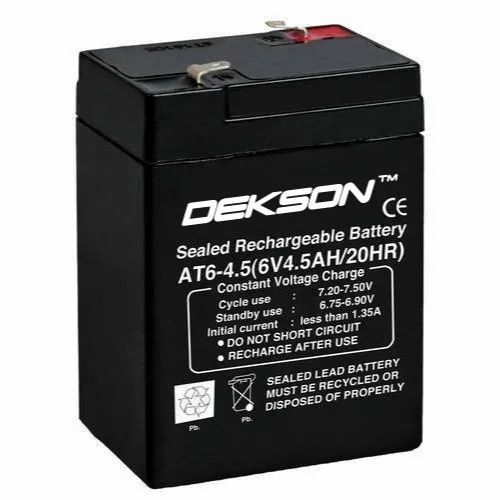 For best performance, make sure your device supports your battery type with the appropriate charging mode. If AGM is written on the battery, then you need to charge it in AGM mode, and not WET (for conventional liquid batteries) or GEL (for gel). nine0003
For best performance, make sure your device supports your battery type with the appropriate charging mode. If AGM is written on the battery, then you need to charge it in AGM mode, and not WET (for conventional liquid batteries) or GEL (for gel). nine0003
Lighting up a motorcycle also does not require special knowledge and techniques: everything is standard, just like with a car. Unless it’s not easy to hook up the “crocodiles” to the battery: not only is it hidden deep in the bowels of the bike, but also the terminals are small and recessed deep into. It is better to have jump leads with compact clamps.
Many people think about installing a larger capacity battery, especially when the standard battery is frankly not enough. The capacity of motorcycle batteries is usually between 4 and 12 Ah, although there are real monsters. nine0003
From an electrical point of view, there are no obstacles to installing a more capacious battery: the generator will cope, the relay-regulator will not suffer, and the starter does not care at all.![]() But under the hood of cars there is a field for creativity, but in motorcycles, free space is the main limiting factor. Batteries are so densely packed that there is no space left for such tuning.
But under the hood of cars there is a field for creativity, but in motorcycles, free space is the main limiting factor. Batteries are so densely packed that there is no space left for such tuning.
On the other hand, even within the same size, batteries have different capacities, depending on the advancement of the battery. So the best option is to come to the store with your old battery and choose the most suitable option from the sample. Fortunately, motorcycle batteries weigh a little. nine0003
In order for a motorcycle battery to last for a long time, it must not only be used correctly (avoiding deep discharges), but also stored properly. Most motorcyclists do not ride in winter, preserving their equipment for several months. At the same time, many make a standard mistake: they take the battery home, hoping that heat will prolong its life. Everything is exactly the opposite - the higher the temperature, the more active the chemical processes inside are, bringing the death of the battery closer.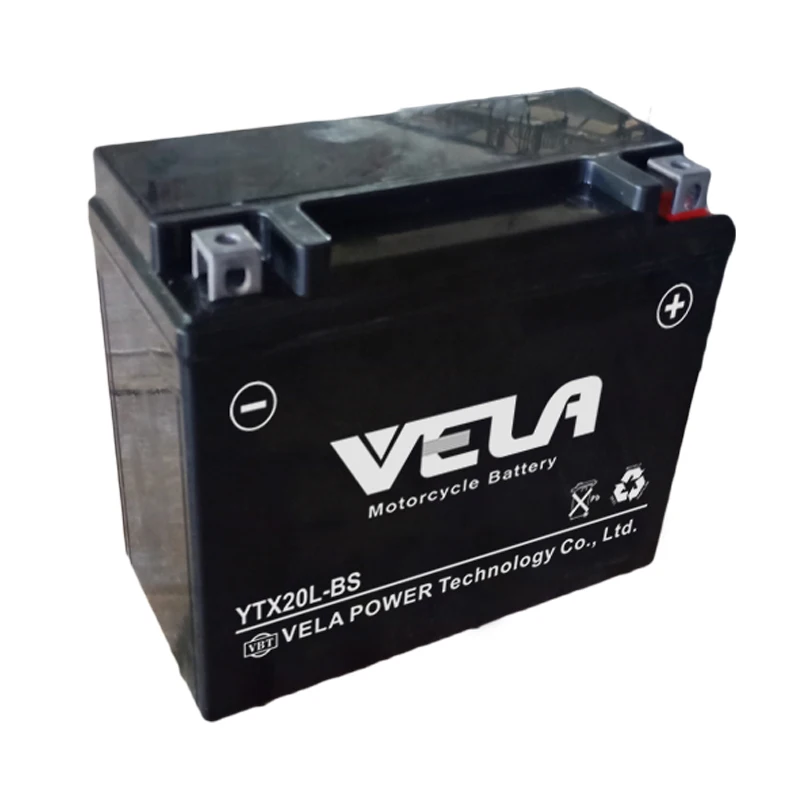 Proper battery storage: disconnect from consumers, fully charge and leave in a cool place (for example, in a garage). So the chances of finding him in good health in the spring will increase significantly. However, do not expect miracles: if the battery is already several years old, then it will be more reliable to replace the “old man” at the beginning of the season with a new one, without waiting for unpleasant surprises on the road. nine0003
Proper battery storage: disconnect from consumers, fully charge and leave in a cool place (for example, in a garage). So the chances of finding him in good health in the spring will increase significantly. However, do not expect miracles: if the battery is already several years old, then it will be more reliable to replace the “old man” at the beginning of the season with a new one, without waiting for unpleasant surprises on the road. nine0003
Have a good trip!
Batteries on a scooter or bike need to be recharged periodically. It is not worth bringing the battery to full discharge, because this can lead to extremely negative consequences. Finding a dead motorcycle battery is quite unpleasant, but there are methods that will help you deal with this problem effectively.
First, let's look at the reasons for which the battery can lose power:
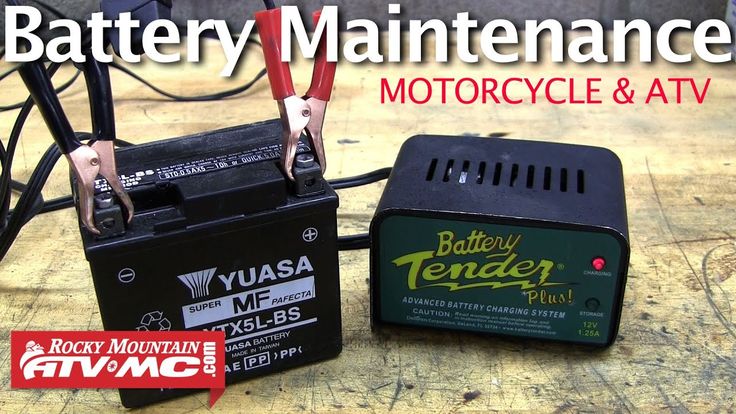 This is typical for serviced batteries. The better the battery, the better it stores power.
This is typical for serviced batteries. The better the battery, the better it stores power. Before charging the motorcycle battery, you must measure the voltage in the on-board network with a voltmeter. This is done with the engine running. If you find it's time to charge, don't try it with a car charger. The voltage in it is much higher than required, which can lead to overcharging of the battery.
When choosing a motorcycle charger, we recommend products with a voltage stabilization function.
It is important to remember that batteries of different quality require different charging frequencies. For example, lead-acid batteries - once every one and a half months or a month.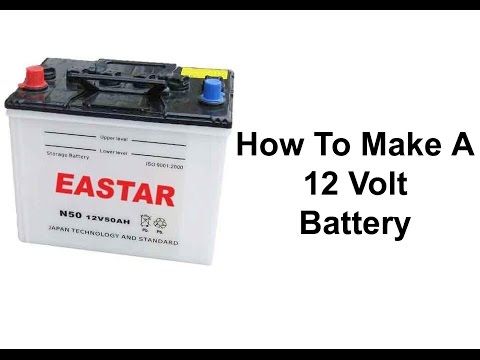 Gel ones hold a charge longer, so it is enough to charge once or twice for the entire season.
Gel ones hold a charge longer, so it is enough to charge once or twice for the entire season.
Before removing, it is important to write down the connection diagram of the terminals. This will save a lot of time when you put the battery back in place. Next, you need to wait until the battery warms up to room temperature. Charging itself should be carried out away from sources of fire or sparks. When connecting, observe the polarity. nine0003
There is a rule that works effectively for lead batteries: the current should be equal to 10% of the battery capacity. The desired value can be set on the corresponding regulator.
Often beginners don't know how much to charge a motorcycle battery. As a rule, this operation should be stopped when the voltage reaches twice the number of cells of the battery, i.e. 10. Visually can be determined by the bubbles that begin to appear on the surface of the electrolyte. After that, the current strength is reduced by half and the battery is recharged for about 2 hours. nine0003
nine0003
There is sometimes debate about how to properly charge a dry-charged motorcycle battery. The standard duration of the procedure is up to 9-10 hours. If the battery is new, then 3-4 hours will suffice.
Gel batteries are also charged at a current of 10% or less of the battery capacity. The main nuance is that the voltage should not exceed the threshold value of 14.4 V (even less on scooters). Even when charging a gel battery, no current reduction is used for recharging.
When preparing to charge, avoid silly mistakes such as incorrectly connected poles. Sometimes the battery is overcharged. In such a situation, use the current strength two times lower than usual - 5% of the battery capacity. nine0003
The success of this operation depends on the stage of neglect of the battery. Before you restore the battery for a motorcycle, it is worth reconsidering the feasibility of this operation. If this is a quality product, then this is appropriate, but if it is a cheap fake, then you are just wasting your time here.